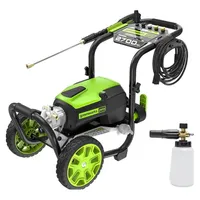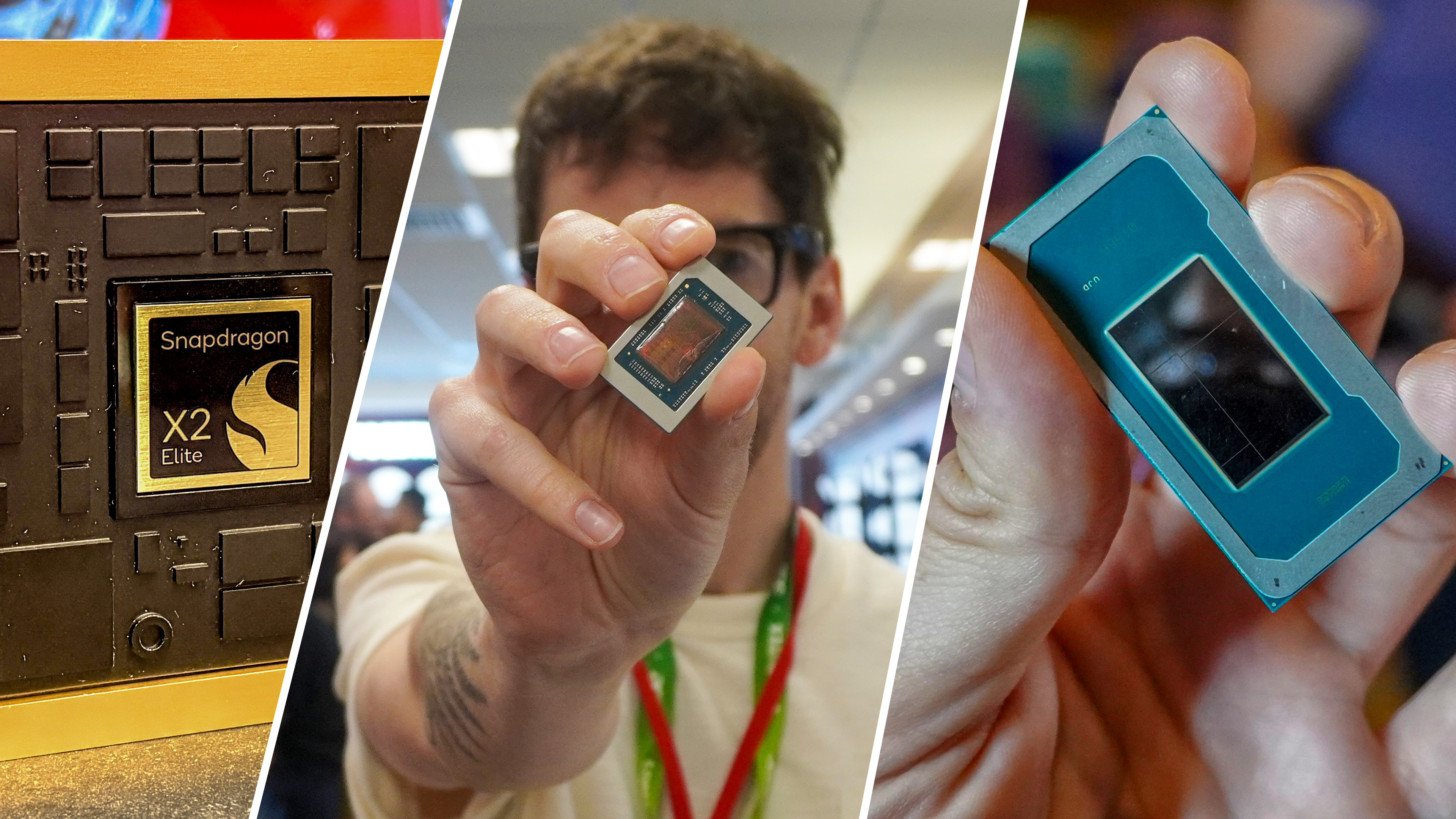5 pressure washing mistakes to avoid
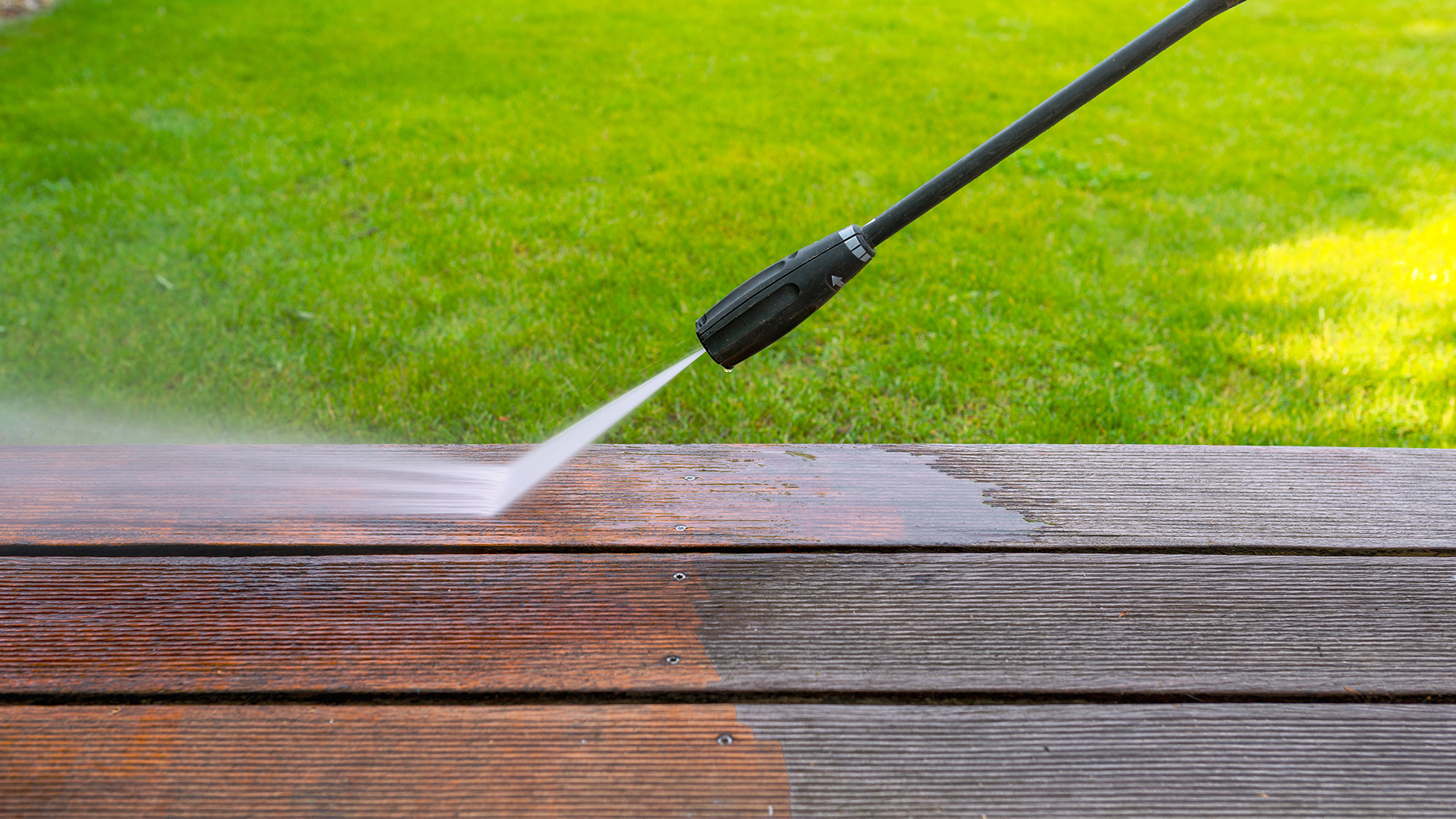
I don’t know what it is about using a pressure washer, but as soon as it’s time to tidy up your driveway or backyard for summer, there’s no hesitation about getting the pressure washer out.
While cleaning is often seen as a chore, using a pressure washer to blast away dirt and grime is seen as fun. However, there is a right and wrong way to use a pressure washer to ensure you don’t injure yourself or damage the objects you’re cleaning.
Here we look at 5 common pressure washing mistakes you could be making.
This electric pressure washer will blast grime, mildew, and dirt off virtually any surface. It has a flexible 25-inch kink resistant hose, a 35-inch power cord, built-in detergent tank, and 5 power nozzles, with a 14-amp TruBrushless motor.
1. Applying too much pressure

It may seem contrary when using a pressure cleaning tool that you can use too much pressure. However, applying too much force can damage what you are cleaning, leading to splitting wood, extending existing cracks in concrete, and removing paint and seals from fencing and furniture.
It can also injure the operator and damage the surrounding landscape, including plants and lawns.
Therefore, to avoid causing any damage, follow this guide on the correct nozzle to attach to your pressure washer, depending on the job in hand. And it will help to know, that the smaller the degree, the more powerful the pressure.
Color | Degree | Task |
Red | 0 | Most powerful spray pattern, used to remove tough stains like tar or glue |
Yellow | 15 | Heavy-duty washing to clean a garage floor or remove stains from concrete |
Green | 25 | General purpose cleaning such as outdoor furniture, brick patients, walkways and decks |
White | 40 | Delicate surfaces, siding of a home |
Black | 65 | The widest tip, generally used for rinsing |
| Row 6 - Cell 0 | Row 6 - Cell 1 | Row 6 - Cell 2 |
2. Power washing the wrong thing

Don’t assume that all objects can be pressure washed, as some objects are too soft and will damage easily. This is why pressure washing painted or varnished surfaces should be avoided.
Get instant access to breaking news, the hottest reviews, great deals and helpful tips.
The high pressure is likely to chip the paint or cause it to peel. And although a pressure washer might remove the grim, you’ll be left with another job of repainting your fence or garden furniture. As a gentler cleaning alternative, you can clean and revive your garden furniture with sugar soap.
3. Pressure washing in the wrong order
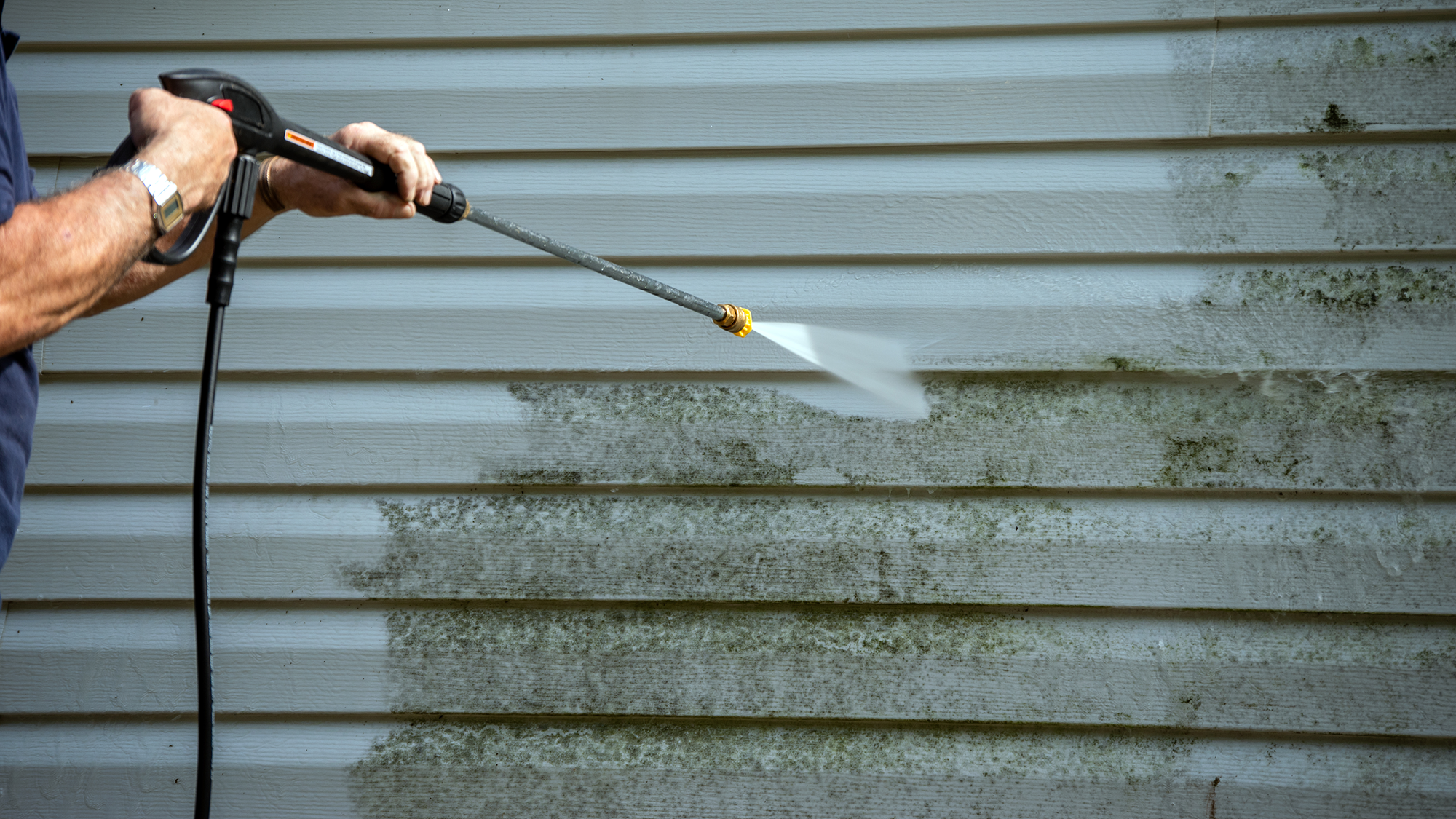
You may be tempted to clean your surfaces haphazardly, but there is a right order to get them clean when using a pressure washer. Similar to how you dust, starting from the top and working your way down, you should follow the same plan when pressure washing.
While you can’t follow this rule of thumb when cleaning a flat surface, such as a driveway (if it’s level), you can work from one corner outward.
If you randomly use your power washer, you’ll be redistributing the dirt the water instead of it working its way downstream. And you’ll work harder and use more water than you need.
4. Using hot water
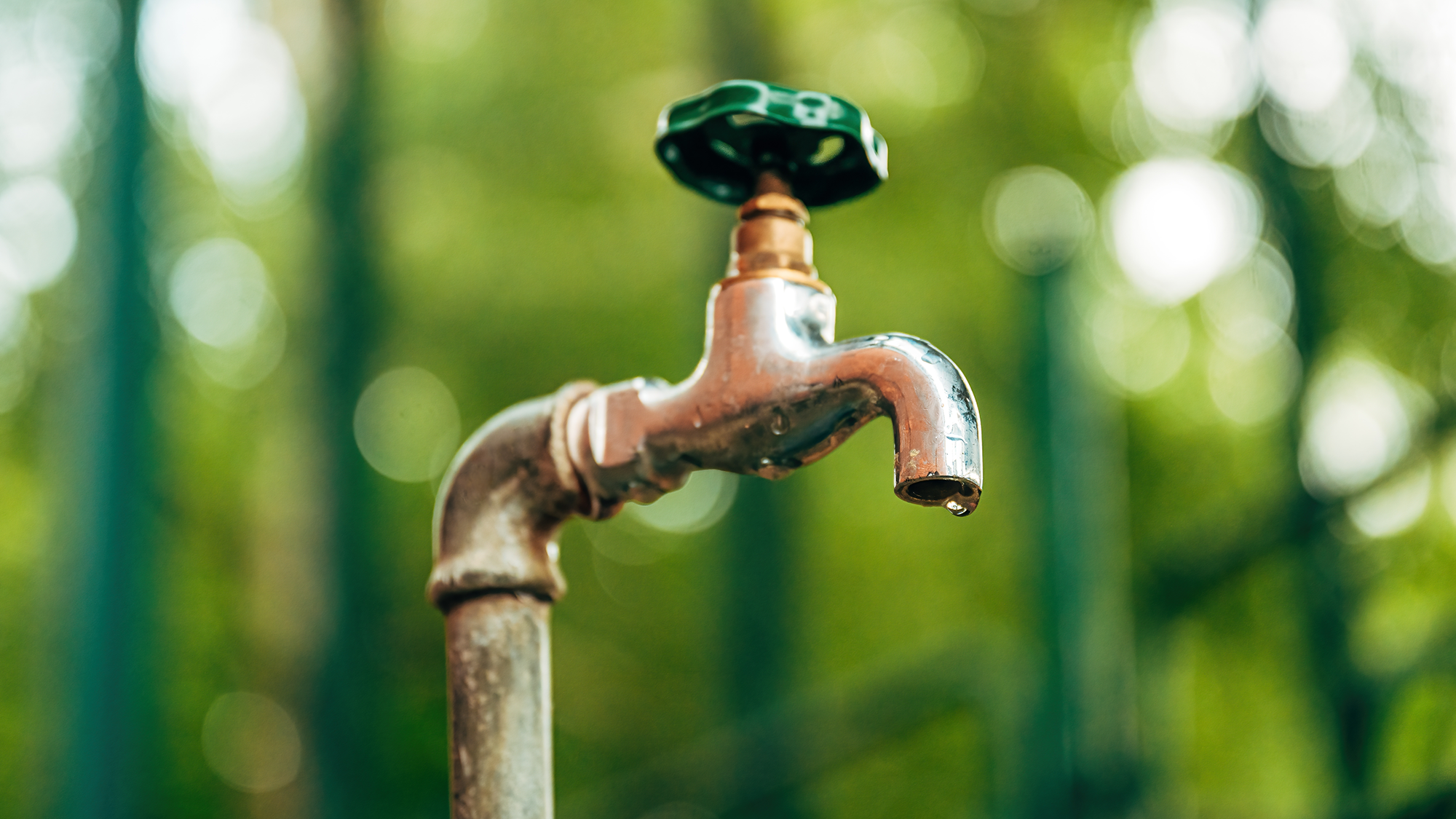
According to Squeegee Squad, pressure washers aren’t designed to be used with hot water. Power washers are, and for this reason, they have a heating element.
Instead, pressure washers are designed to be used with tap water temperatures and should not be used with hot water. And it warns that pressure washing certain items with hot water may cause them to warp.
5. Not using safety equipment

Pressure washers might be fun to us, but Family Handyman warns they are not toys. “A narrow stream of water discharged at several thousand pounds per square inch (OSI) can slice through flesh almost as efficiently as a saw,” it says. “The high pressure drives water and dirt deep into tissue, often leading to infection.”
Therefore, extreme care must be taken when using a pressure washer to protect yourself and anyone else who might be nearby.
It’s important to wear eye protection and to hold the gun with both hands, and never directly discharge the stream at other people. It’s also advisable to wear closed-toe footwear, as you would when carrying out any other outdoor task, such as mowing the lawn.
When choosing PPE for your eyes, select eyeglasses or goggles that are impact-resistant.
More from Tom's Guide
- Discover 5 easy ways to use a pressure washer in your yard
- And how to clean a patio without a pressure washer
- Plus, DeWalt's battery-powered pressure washer is my favorite cleaning tool

Camilla is the Homes Staff Writer and covers everything to do with homes and gardens. She has a wealth of editorial experience, mounting over 30 years, and covers news and features, tests products for reviews and compiles buying guides.
Her work has appeared in business and consumer titles, including Ideal Home, Real Homes, House Beautiful, Homebuilding & Renovation, and Kitchen & Bathroom Business. She’s even appeared on the cover of Your Home, writing about her own house renovation.
Although she’s obsessed with decorating her home, she also enjoys baking and trying out the latest kitchen appliances. But when she’s not inside, you’ll find her pottering about in her yard, tending to her vegetable patch or taking in her prized hydrangeas.
You must confirm your public display name before commenting
Please logout and then login again, you will then be prompted to enter your display name.
